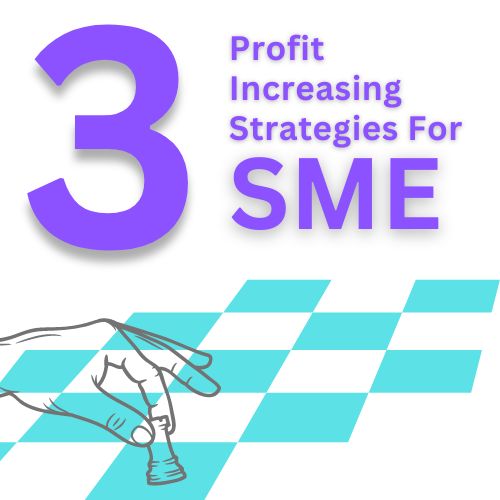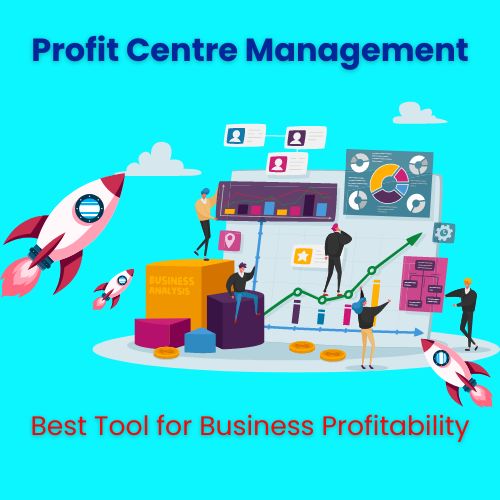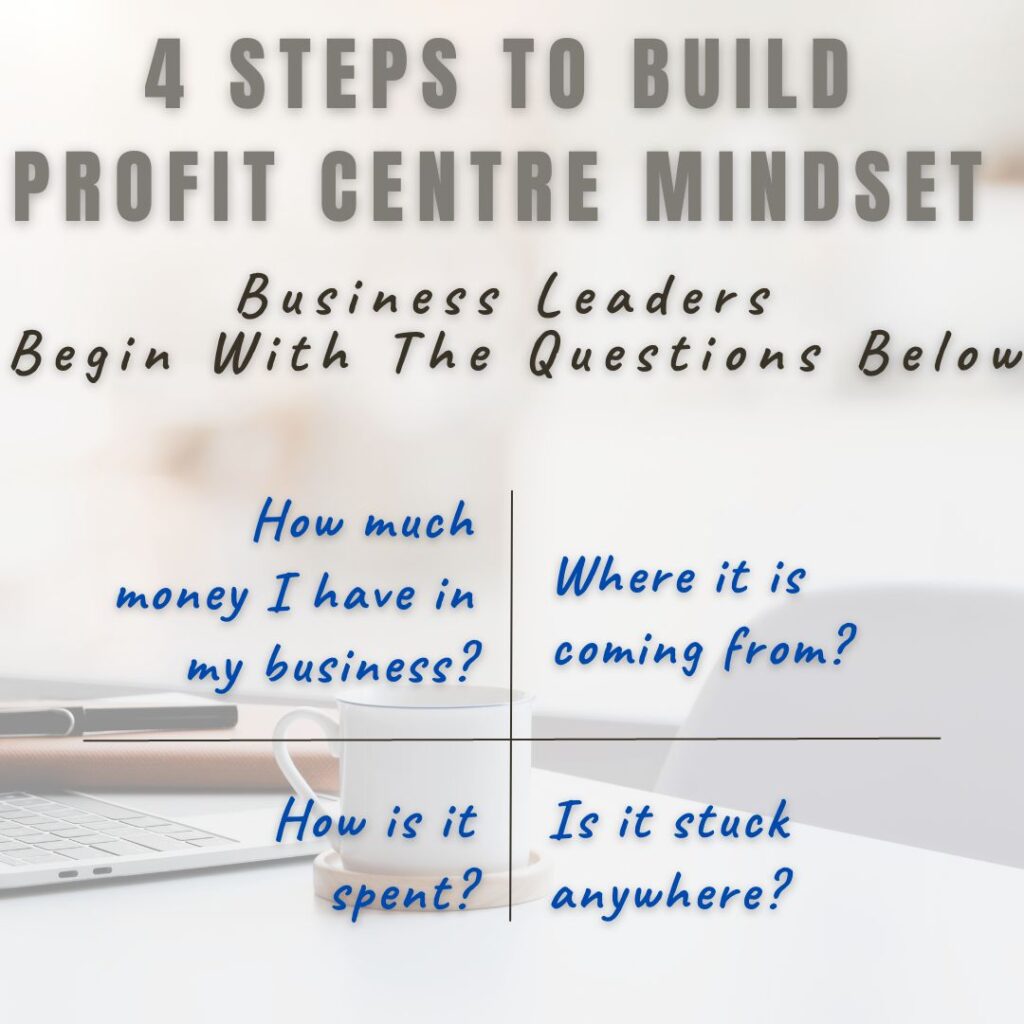Profit in a trading business or a retail shop is computed as sales margin minus expenses. The sales margin is the difference between the selling and buying prices. But, companies with large team and multiple operations won’t be able derive profit so straight & simple, profit is an outcome of many functions.
Let's look at some different profit management strategies.
Profit is boosted by increasing income and decreasing expenses. This appears to be simple and direct. In reality, the scope is far wider.
80% of SMEs do not use budget & restrict P&L to accounting purpose.
20% use ‘Known Data’ in P&L Report. That is income and expenditure.
5% is aware of the ‘Unknown Elements’ which are other sources of income and revenue leakages.
1% use the ‘Subtle Approach’ to go deeper. They are the business enablers.
Working with Known Data
As previously stated, 80% of businesses are unfamiliar with or do not use this approach. The first step is to create a P&L by an expert accountant. It must include operating profit (EBITDA), interest, tax, depreciation and amortization.
Then create a budget for each month based on the previous month’s P&L. Budgeting allows you to plan your income and expenses. Which becomes your target. Once the target is set, you can drive the team towards it with sharp focus.
Identification of Unknown Elements
When you are familiar with managing your business using a budget and a P&L, you will gain more insights, the unseen elements. The first will be income from other sources. It could be converting your scrap as a by-product, selling additional products or services, selling assets (such as written-off vehicles/equipment), recovering some old payments or negotiating a volume incentive/discount from your supplier. The next step is revenue leakage. Power, fuel, purchases, damaged stock, bad debt, idle/non-productive workforce and so on.
Business Enablers or a Subtle Approach
A business enabler is a process that is not noticeable but improves performance when focused on. Checks and balances, variation and deviations are examples of enablers.
Let’s look at an example of checks and balances. Systematic inventory procurement (planned order system) assists you in maintaining optimal stock levels at the appropriate time. This has a direct impact on the manufacturing cycle, logistics and sales. Sales tracking, recruitment, debt collection are examples.
Deviation & Variations – This can hit the revenue while shooting expenses. Example is QA (quality assurance). Product complaint will make an impact on your brand, customer satisfaction and consume productive time from your workforce to resolve. It also takes money, materials and time.
Business management at 3 levels bring profit as a natural outcome.


